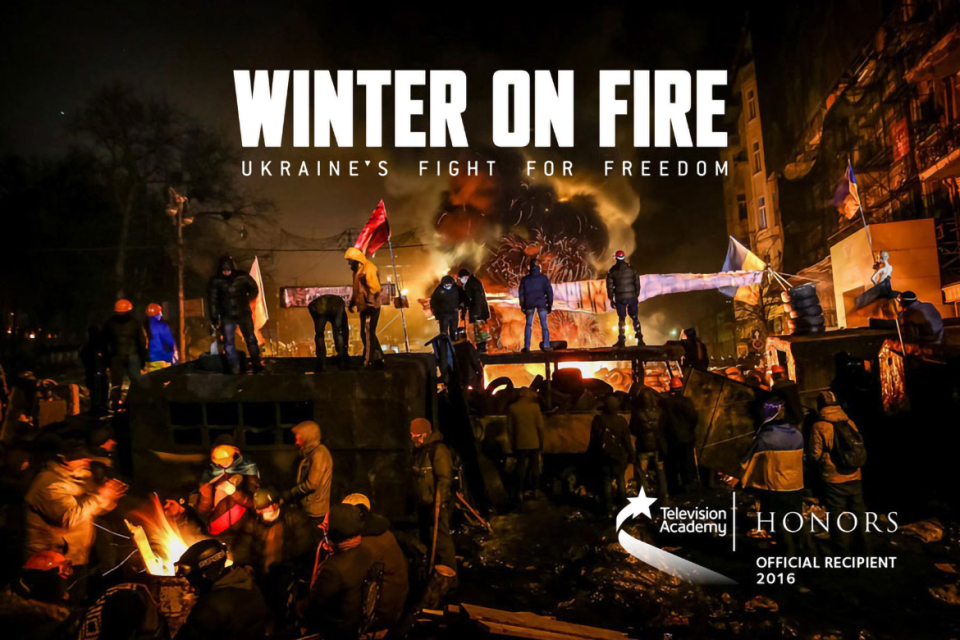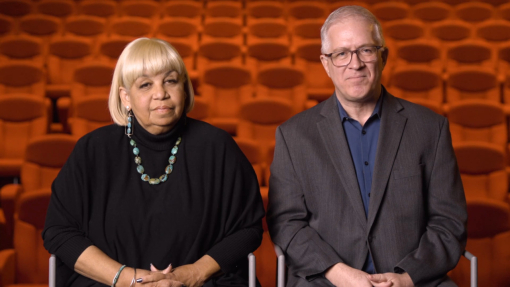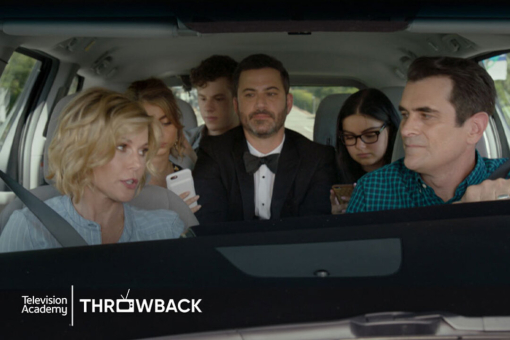"We are not afraid to die for freedom." —Ukrainian protester at Maidan
What started as a peaceful student protest in the Ukraine capital of Kiev, gave way to an impassioned civil rights movement that demanded freedom, human dignity and ultimately led to the ousting of President Viktor Yanukovych in 2014.
Netflix's Winter on Fire: Ukraine's Fight for Freedom follows the events as they unfold after President Yanukovych announces his plan to align with Russia, rather continue the process of integration into the European Union. Director Evgeny Afineevsky's heart-pounding documentary provides an eyewitness view of the initial festival-like atmosphere at the protests that ended in bloodshed 93 days after it began.
In the fall 2013, President Yanukovych appears to be ready to sign an association with the EU, but on November 21, Prime Minster Azarov shocks the citizens of Ukraine when it is announced that they are not signing the EU Free Trade agreement. This action was seen as a huge step backwards for the nation.
On that same day, Journalist Mustafa Nayyem made a call via Facebook for those upset with the announcement to come to Kiev's Maidan Nezalezhnosti (Independence Square). Only a half an hour after the call, there were thousands of people on the square — many of whom were students — all with the hope to reverse the existing political regime.
"When students started to mass together, it became clear that something was going to happen," recalled Nayyem in the documentary.
Eight days later, on the evening of November 29, Berkut Special Forces began to assemble near the square, then early on the morning of November 30, with the intent to disperse the crowd, Berkut began purposelessly beating those gathered with batons. In the ensuing days, police batons gave way to rubber bullets and tear gas and those weapons gave way to live ammunition and violence escalated.
A 12-year old revolutionary — reminiscent of Les Misérables' Gavroche — recounts the shooting of Serhiy Nigoyan as one of the "most horrible moments" he witnessed during the 93-day period that came to be known simply as "Maidan."
Nigoyan, an Armenian-Ukrainian activist was the first person killed by shooting during the uprising. After the first deaths and the riots on Hrushevskogo, participants resolved to stay "until the end". They expanded their demands to freedom and human dignity.
As more violence was used by the Berkut, the number of fearless protesters swelled. When the Parliament banned the wearing of helmets and hard hats, protesters mocked the government by donning pots and pans as headgear. They would not be deterred.
Afineevsky's team interviewed a large and diverse group of Ukrainian protesters: doctors, lawyers, ex-military, a pop star, religious leaders, and teachers were all among the narrators.
Throughout the film, maps are presented to track the progress and movement of the protests through the Kiev's streets. Twenty-eight cinematographers chronicle the events, sometimes so cringingly close to imminent danger that it's difficult to watch without holding your breath.
By the time President Yanukovych fled to Russia on Feb. 22, 2014, 125 people had been killed and countless others injured.
The film's emotional impact is powerful. As much as this piece of history is heart-breaking, it is equally inspiring. It's impossible to not be in awe of the bravery, spirit (despite harsh winter conditions) and strong will of the participants, all of whom brought about sweeping political changes at a high level.
Winter on Fire: Ukraine's Fight for Freedom has garnered widespread praise, winning the Grolsch People's Choice Documentary Award at the 2015 Toronto International Film Festival, along with 2016 Academy Award for Best Documentary Feature nomination, and now, Television Academy Honors.










